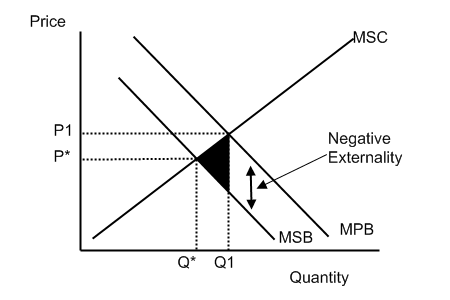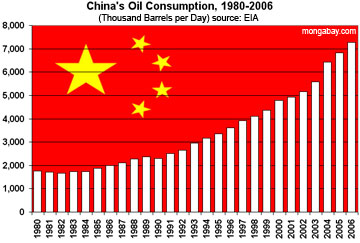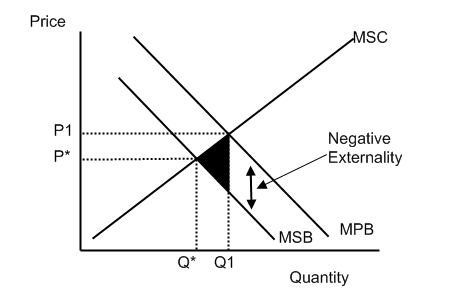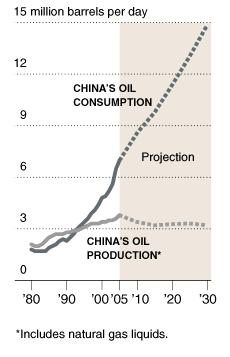
Kim, Jong-Ill with his gang
The Daily Telegraph: Click Here
According to Telegraph, Kim Jong-il, the Supreme Leader of North Korea, has a $4 billion (£2.6 billion) “emergency fund” hidden in secret accounts in European banks that he will use to continue his lavish way of life if he is forced to flee the country.
South Korean intelligences announced that the most of the money was held in Swiss banks, however, Kim Jong-Ill started to transfer them to banks in Luxembourg.
Most of the money is gained from the selling its nuclear and missile technology, making narcotics, insurance swindle, the use of forced labour in its vast gulag system, and the counterfeiting of foreign currency.
I used to live in Kuwait located across the gulf of Middle East, and I remember lots of North Korean laborers working outside under 45~50° Celsius of heat building roads. At the time I thought that they were rightfully paid. However, I realized now that they were actually being exploited to satisfy the pocket of North Korean dictator Kim Jong-Ill.
Let’s get the question of why these banks are ‘hiding’ this unlawful money for Kim Jong-Ill. Ken Kato, the director of Human Rights in Asia answers this well.
“Somewhere in the world, there are bankers who are earning a large sum of money by concealing and managing Kim Jong-il’s secret funds, and at the same time, almost nine million people in North Korea are suffering from food shortages,” he said. “I believe the secret bank accounts are now in Luxembourg, or have recently been transferred from Luxembourg to other tax havens.”
So what Ken Kato basically say is that these banks are making profit from hiding Kim Jong-Ill’s secret fund. They can invest, speculate, and profit by using this illicit money. This was the case for banks in Swiss also until they strengthened the regulations related to it. The so-called ‘black money’ from dictators around the world has made these banks’ pocket full of money.

Kim Jong-I’ll is surely the cruel traitor of the Korean people. He could have used 4 billion dollars to recover the economy and most importantly he could have used it for feeding 9 million North Koreans who are starving. It really doesn’t take that much of money (looking at Kim Jong-Ill’s pocket full of money) to buy the rice to feed the people.
Let’s look at the international rice price.
|
Rice Export Prices
(US $/tonne)
|
|
Thailand
|
Vietnam
|
California
|
Pakistan
|
Egypt
|
|
332
|
407
|
1102
|
380
|
760
|
<The FAO Rice Price Update – January 2010: Click Here>
As you see in the chart above, the cheapest rice you can get is for $332 per one ton of Thailand rice. Okay, lets calculate how much money is needed to feed the poor undernourished North Korean people. According to South Korean standard, people in average eat less than 10 kg of rice per month. So we are going to assume that the normal nourishment required for North Korean people will be 10 kg per person. $332/1000kg = $3.32/10kg. So it requires 3.32 dollars to feed a person for a month. Multiply 3.32 by the North Korean population. 3.32 x 23,110,000 = 76,725,200.
So you only need about 77 million dollars to feed the starving people. Compare 77 million to 4 billion. It only costs 0.02% of the furtive emergency fund that Kim Jong-I’ll is hiding in those banks in Europe.
Using 0.02% of this ’emergency fund’ to buy food supply will not only save the people from starvation, but also helps them to recover economy significantly. How could this help the North Korea economy to recover? Simply by feeding the people, the factories could operate properly by having nourished labor force. It’ll will also be a great incentive for the laborers to work hard as their standard of living is obviously extremely low. They’d be smiling not with one of those ‘forced, unnatural smiles’ but with genuine smiles of happiness even with meager amounts of rice. (it is sad, however).

Or, he could just sell one of those cruises and he’ll be able to feed millions. He will be forever remembered as a traitor of his people if he keeps billions of dollars rotting in European banks. Also, the banks that are ‘hiding’ Kim Jong-Ill’s money will be difficult for them avoid criticism for letting 9 million people die from starvation. These banks should freeze his unrighteous money and should follow the UN’s economic sanctions on North Korea.



















